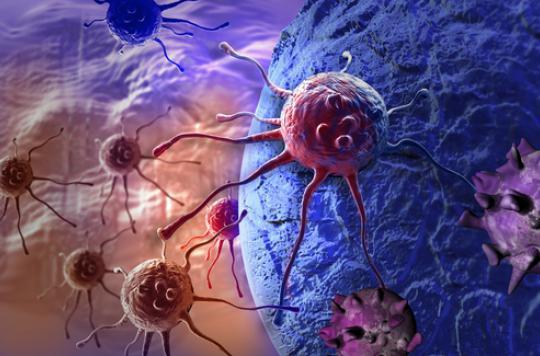Cancer cells do not have the same rhythm as healthy ones. Slowing them down is possible, as Canadian researchers have just shown.

Sleep, hunger, hormone production… The biological clock plays a crucial role in our body. When it goes wrong, many pathologies can develop. McGill University (Canada) is the bearer of good news in this area: its researchers have found a way to limit the development of tumors. Indeed, they discovered that cancer cells obey a different rhythm. But it is possible to set the record straight, they explain in BMC Biology.
An accelerated pace
In normal function, a cell responds to a 24-hour rhythm, regulated by different genes. They allow you to modulate the activity according to the time of day. But these genes are deleted in B16 cells, which cause melanoma, and cancer cells. As a result, the rhythm is out of order. “There were indications that this would contribute to a rapid growth of tumors,” explains Nicolas Cermakian, who signs this study.
Researchers have succeeded in proving that tumors live at an accelerated rate compared to healthy cells. “Thanks to a chemical or thermal treatment, we have succeeded in” repairing “the clock of these cells and making it return to normal operation”, continues Nicolas Cermakian. The tests were performed on two types of tumors – skin and colon – in mice.
A known adjuvant
Among the different methods, it is a drug already in common use that has proven itself: dexamethasone. This synthetic glucocorticoid hormone is prescribed for its anti-inflammatory and immunosuppressive properties. It also has the ability to slow the development of the tumor.
In mice, the drug was able to cut the growth rate in half. Thus, after one week, the size of the tumors was two-thirds smaller than that of the control mice. “This would give people more time to resort to more traditional interventions such as surgery or chemotherapy”, anticipates Nicolas Cermakian. Dexamethasone is also already used as an adjunct to certain chemotherapies.
But a major step must be taken: researchers do not yet know how to achieve the same results in humans. While waiting for such applications, these conclusions help to understand why jobs with staggered hours favor certain cancers.
.















